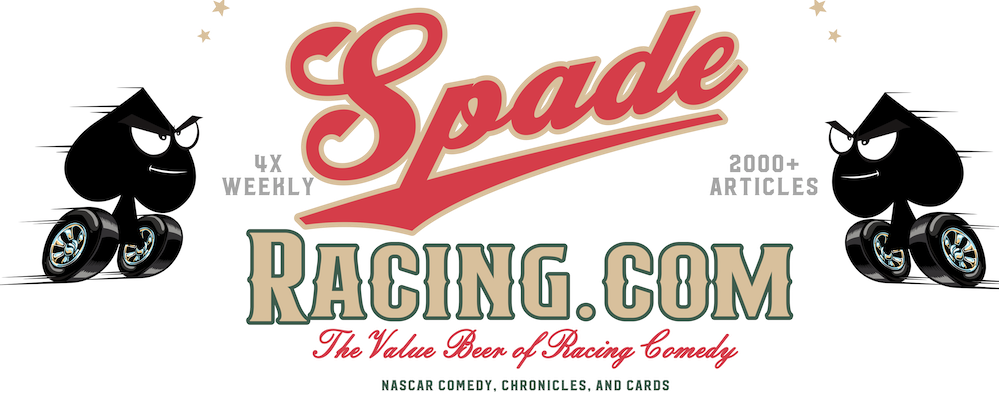Hello, and welcome to the wonderful world of Nascar! If you’re a new fan of stock car racing, this is the place for you! In this ten-part series we’ll take a look at what you should and could know about America’s #1 auto racing organization. Let’s get started!
5. COMPARE AND CONTRAST—What’s the difference between Nascar and other series? Let’s find out!
Nascar Cup vs. Xfinity Series & Truck Series
Nascar Cup is the highest level of stock car racing both in Nascar itself and in the world. Its two developmental series share some characteristics, most notably that their race car bodies are based on stock types at least in appearance. While Cup and Xfinity cars look very similar, Xfinity Series cars are somewhat detuned for less overall engine power. Truck Series engines are detuned as well, and another obvious difference is that truck-style bodies are raced instead of car-style bodies. These stock car/truck series differ from most others in that they nominally have space for a passenger (although this never happens), thus why most other forms of racing listed below are sometimes called “single-seaters”.
Nascar vs. Sprint Cars
Sprint cars are small, purpose-built race cars with a very high power-to-weight ratio. Their races are typically held on dirt tracks which puts car control at a high premium. For this reason sprint car drivers can use sprint car racing as a springboard to the more-lucrative stock car style of racing that Nascar offers.
Nascar vs. IndyCar
IndyCar racing (also known as “Championship Auto Racing”) is done in specialty-made race cars with the driver much more exposed in an open cockpit. Races are held on a variety of tracks around North America, from road courses to city street courses to ovals. While IndyCar and Nascar have seen crossover drivers (Tony Stewart in particular) and compete for fans, there is very little in common between the two types of racing.
Nascar vs. Formula 1
Formula 1 is widely considered to be the highest-level of racing in the world. Competing around the globe on both purpose-built road courses and temporary street courses, the budgets are bigger, the spotlight is brighter—and the competitive balance is almost nonexistent. As opposed to Nascar and IndyCar, technology is at a premium with millions of dollars being spent yearly to gain the thinnest of margins over the competition. With a few exceptions there has been very little crossover between Formula 1 and Nascar.
Nascar vs. Rally Racing
Rally racing—most popular outside North America—sees stock cars whip around trails on a variety of surfaces and terrains. While the cars may look somewhat similar to those of Nascar, rally racing could be most-comparable in the US to the Pikes Peak hillclimb.
Nascar vs. Endurance Racing
Endurance racing is popular both in the United States—think the 24 Hours of Daytona—and Europe—most-famously the 24 Hours of Le Mans. With a variety of classes of cars racing at the same time, only the most stock-like of the cars in endurance racing resemble those of Nascar. However, there has been crossover between the two. The 24 Hours of Daytona (held at Daytona International Speedway, which is owned by Nascar) frequently sees Nascar drivers compete, both for fun and to hone their road course racing skills. Meanwhile, endurance racers will sometimes enter one of Nascar’s road course races as a “road course ringer”.
Note: all images from Pixabay or Wikipedia






